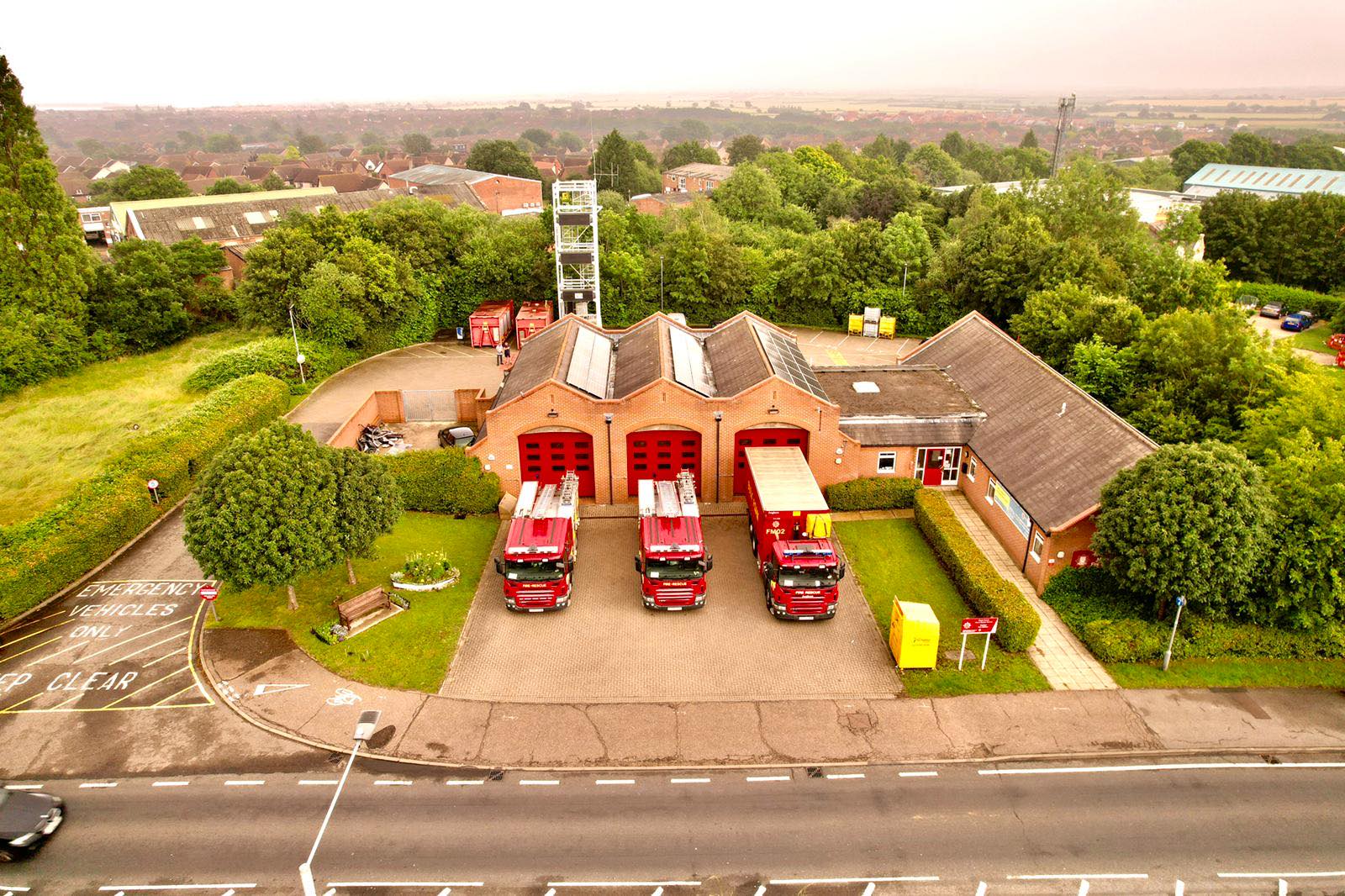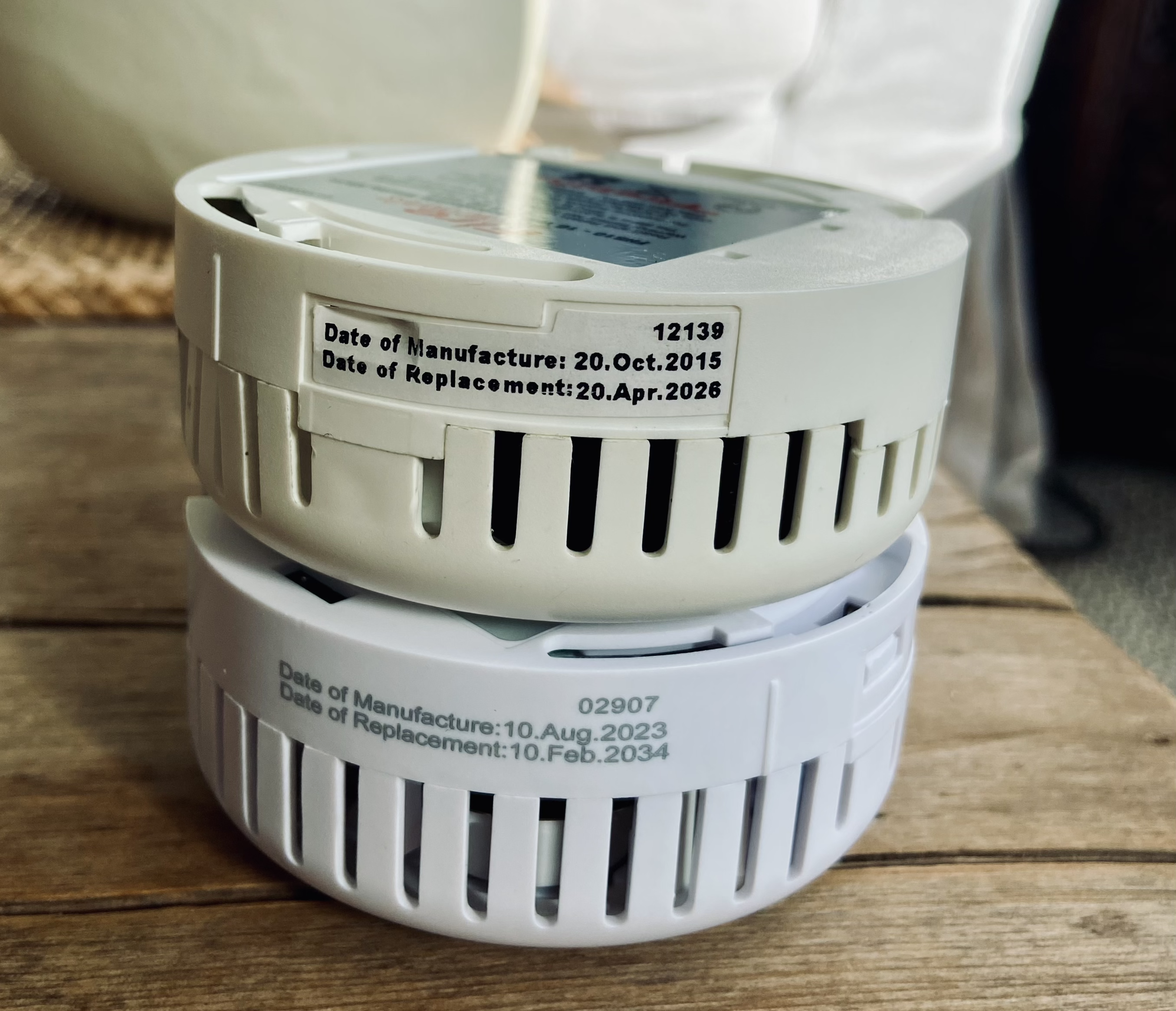The Happy Drummer
The generation that stood up to Adolf Hitler and his followers is fast disappearing and with it go the associated stories, memories and experiences which are at risk of being lost forever. Many of us wish we had asked our parents more about what went on over 70 years ago. If we had done so we most certainly would now have a more detailed picture of what our relatives experienced in those times. But, there are always exceptions to the rule. When the Essex Fire Museum received an email from a gentleman asking if we would like to have some photographs and documents which belonged to his late father, Auxiliary Fireman Percy Gulliver of the Chelmsford Borough Fire Brigade Auxiliary Fire Service (AFS), we jumped at the opportunity as we have very little documentation relating to the AFS. A meeting was arranged to collect the documents from Mr Gulliver’s son’s home and the resulting conversation was to provide a previously unknown insight into the way Chelmsford’s AFS and later the National Fire Service (NFS) functioned all those years ago.
Percy Gulliver was born in Chelmsford in 1910. Before the war he worked as a lorry driver for Arnolds Market Traders. As war clouds gathered he joined his local AFS in 1939, as a part time fireman, under the command of Chief Officer Norman, Chelmsford Borough Fire Brigade (CBFB) and Commandant Harold Rankin, AFS. He was also a very accomplished drummer. His experience of driving goods vehicles stood him in good stead to drive AFS and NFS towing vehicles – initially powerful saloon cars or light goods vehicles able to tow trailer pumps. By 1940 the Chelmsford AFS had around twenty of these vehicles each purchased for a sum not exceeding £30. From 1941 the NFS used heavier purpose built Auxiliary Towing Vehicles (ATVs) made by firms such as Austin, Fordson and Guy. Two towing vehicles with trailer pumps were normally stationed at the AFS fire stations dotted around Chelmsford; although the main fire station at Market Road would probably have had more, as well as a mobile dam unit. Accommodation for personnel stationed at Market Road was at the Bell Hotel, which was vacant at the time.
Chelmsford’s other fire stations were: No 1 Auxiliary Fire Station, Holland’s Garage, 205 Springfield Road, with accommodation on site; No 2 Auxiliary Fire Station at Ratford’s Garage, Princes Bye-pass with accommodation at Staplegrove, New Writtle Street and later in the town’s cricket pavilion; No 3 Auxiliary Fire Station Hora’s Garage, Rainsford Road, with accommodation at the Old Globe Public House; Percy would probably have served at some if not all of these fire stations during his firefighting career. When the NFS was formed another fire station was established at the Oasis on Springfield Road.
Both this fire station and Market Road remained operational when the Essex County Fire Brigade was formed in 1948.
It wasn’t too long before Percy and his colleagues were involved in a nationally significant conflagration. In September 1940 the large oil refinery at Shell Haven was attacked by the Luftwaffe and a number of huge oil storage tanks were set alight. On the second or third day the CBFB and the AFS were drafted in to work on the resulting inferno. It was at this incident that Sub Officer J. Warren and Leading Fireman F.G. Keen of the Chelmsford AFS were awarded the B.E.M. for bravery. Chief Officer Norman and Leading Fireman Youell received His Majesty’s commendation for gallant conduct on the same occasion. Further, both the CBFB and the AFS received a letter of commendation from the Home Secretary, stating his ‘admiration and appreciation of the magnificent services rendered by the Fire Brigade and AFS ... at outbreaks of fire at oil installations as a result of enemy action..’ Unfortunately a good deal of the brigade’s equipment was lost fighting these fires but it was quickly replaced.
In 1941 local fire brigades were abolished when fire services throughout the realm were effectively nationalised. The result of this initiative was the formation of the National Fire Service (NFS). Percy and his colleagues would become members of that organization as full time firemen. The NFS had the ability not only to fight local fires but when the situation arose it could send units away to reinforce particularly hard-hit towns or cities. Between April and July 1942 Norwich was badly hit by the Luftwaffe and sometime during that period Percy, along with many other members of the Chelmsford NFS, was sent to Norwich on relief for hose laying duties.
It would appear, at times, that communications in Chelmsford were not always as they should have been. Percy quite clearly remembered the negative reaction the NFS received when its late attendance at the many fires caused by an air raid in 1943 was met with a degree of vitriol. Victims were unaware that the delay had been caused by the destruction of around two hundred telephone cables by incendiary bombs dropped in front of the Rosebery Hotel in Springfield Road during the ‘Fire Raid’ on 19 April 1943. As the HQ of the NFS was at a large house named Pendennis, also on Springfield Road, it is likely that NFS telephone lines were amongst those destroyed. It is worth noting that towns such as Chelmsford suffered in the same way as much larger towns and cities. In this particular raid Chelmsford received two parachute landmines, 80 high explosive bombs and around 1800 incendiary bombs. It was a miracle that no one died in the raid. It is very likely that the fire engine pictured below, along with Auxiliary Towing Vehicles (ATVs) with trailer pumps, attended the many fire caused during the ‘Fire Raid’.
Chelmsford’s wheeled escape purchased new as a pump in 1927, now painted grey and serving with the local NFS c.1943, (Percy middle row third from the left). (EFM Archive)
Percy remembered another example of miscommunication while still in the AFS around 1940. He and his pals were ordered by an officer, with a particularly heavy and almost indiscernible north country accent, to take a towing vehicle and pump to Tindal Square where bombs were expected. They duly obeyed and proceeded to the centre of Chelmsford where they sat twiddling their thumbs all day. On their return they were given a very sharp reprimand for not going to Trafalgar Square in London! This incident, though amusing, provides previously unknown evidence that requests were made for the Chelmsford AFS to attend fires in London as reinforcement at the height of the London Blitz.
As the tide of war began to turn in late spring of 1944 the Chelmsford NFS, including Percy, was ordered to take pumps to Rayleigh and flood a long wide ditch. Once this had been done a convoy of many army vehicles was driven into it and as the vehicles waded along it the NFS sprayed them all with copious amounts of water to test whether or not they were waterproof. The vehicles then went on their way to Tilbury before they embarked for Normandy. Therefore, Percy and his fellow firemen from the Chelmsford NFS played a part in the preparations for D Day.
On the night of 19 December 1944, at 1.28 a.m. a V2 rocket containing around 1000 kilograms of amatol landed in a back garden of a house in Henry Road, Chelmsford. It not only damaged and destroyed a substantial number of properties in both Henry Road, where Percy was deployed, and Rectory Lane it also caused devastation at the adjacent Hoffmann’s ball bearing factory. A total of 30 factory workers – many from the Cage and Assembly Department - and nine residents of Henry Road, one of whom was only two years old, were killed.
Not all calls were to bomb related incidents, routine tasks also had to be undertaken and it would seem that the NFS regularly had to standby at the many airbases that were situated close to Chelmsford, including: Boreham, Silver End and Bradwell. A good deal of energy was also expended attempting to extinguish decoy fires which were deliberately lit during air raids in a bid to tempt the Luftwaffe into dropping their payloads prematurely in open countryside instead of on their primary targets. These fires where known as ‘Special Fires’ later to become Starfish sites. There were a number of Starfish sites near Chelmsford including Hylands Park and Great Baddow where the decoys were lit on top of an old rubbish tip. Percy recalled that decoys at this site were almost impossible to put out as the layers of rubbish below ground often ignited and smouldered for days on end.
No doubt Percy was a very able and dedicated member of both Chelmsford’s AFS and NFS but it was not necessarily his firefighting expertise that he must be remembered for. As mentioned earlier, he was an accomplished drummer and it wasn’t long before he was demonstrating his skills with the Chelmsford Fire Brigade Band and later the NFS Band. The bands had a wide repertoire as the sheet music contained in Percy’s music file demonstrates.
Tunes ranged from: The Teddy Bears Picnic; Hearts of Oak; Let’s Go Bye-Bye on a Bicycle and Roll Me Over were regularly played.
Percy was ‘demobbed’ from the NFS in July 1945 and after the war, having left the fire brigade, went to work for a local undertaker for a while. His last job was that of a technician at Chelmsford College in Market Road, close to the site of the Market Road fire station where he was once posted. He retired in 1977 and passed way at Chelmsford in 1995, aged 85.
The photographs generously donated by Percy’s son show Percy resplendent in evening dress proudly beating his drums for his respective bands – always with a smile on his face, indeed nearly all the photographs we now have show Percy beaming away, hence the article’s title – “The Happy Drummer”.
The receipt of Percy’s documents has provided the Essex Fire Museum (EFM) with an important insight into the functioning of the fire services in and around Chelmsford during the war, not only operationally but socially, in particular information relating to fire service bands which were known to exist but no concrete information of them existed before these documents came to light.
The staff at the EFM is always happy to receive documents relating to firefighting in Essex. We are most grateful to Mr Gulliver and his family for this important and very generous donation.
Sources
The Percy Gulliver Archive (Essex Fire Museum)
Essex Fire Museum Archive
The History of Chelmsford’s Fire Brigades by M. J. Ford. Chelmsford at War by Andrew J. Begent


